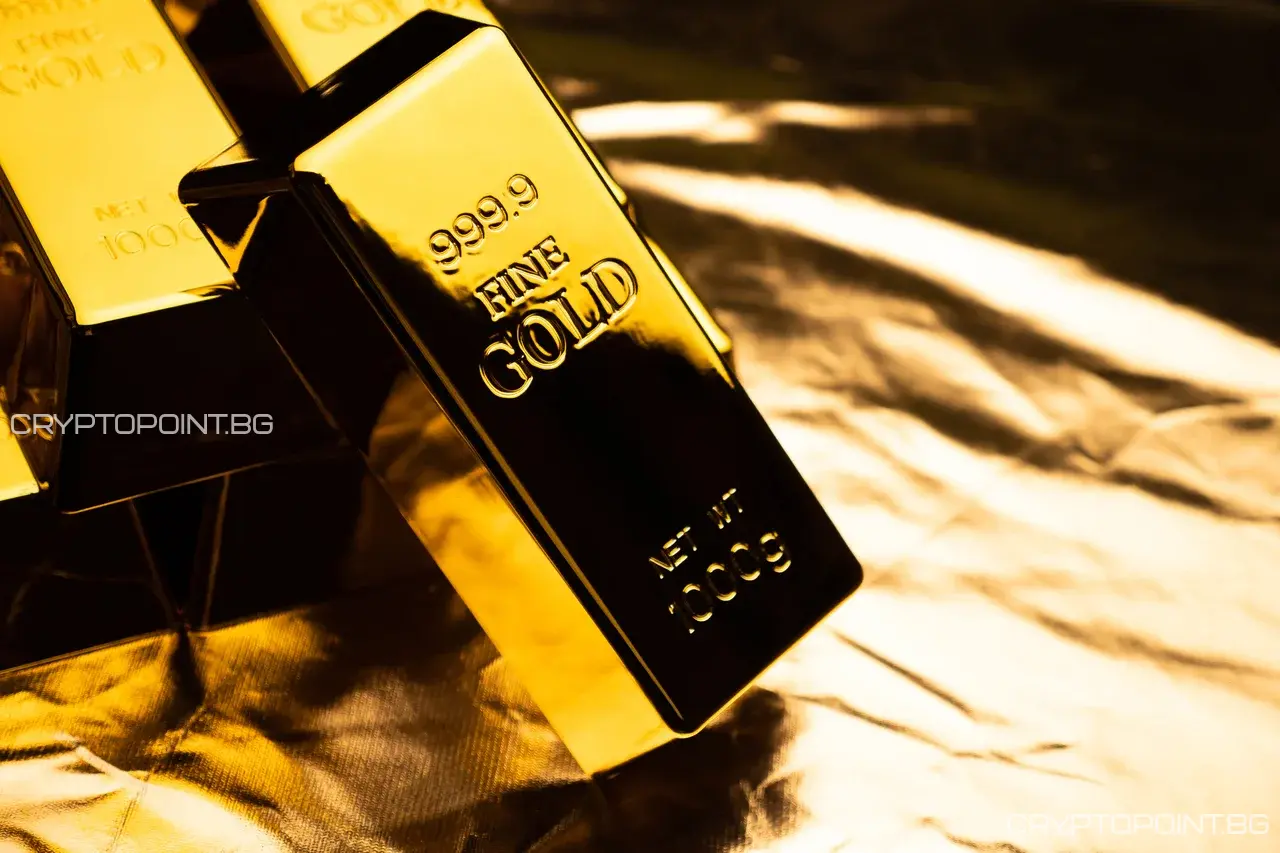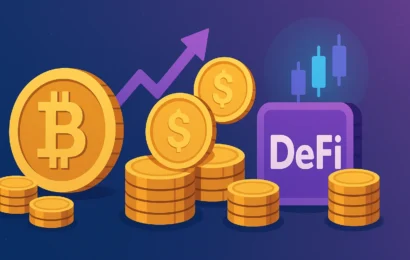
- Gold with Bullish Forecasts from Wall Street
- Bank of America: Potential for $3,500 with Strategic Buying from China
- Citi: Gold Will Rise if the U.S. Economy Weakens
- Goldman Sachs: Demand from Central Banks Remains Strong
- JPMorgan and UBS: Beware of a Stock Market Decline
- Geopolitical and Economic Uncertainty Boosts Demand for Safe-Haven Assets
Gold with Bullish Forecasts from Wall Street
Three of the leading American banks — Bank of America, Citi, and Goldman Sachs — are predicting strong growth for gold, with some forecasting it could reach $3,500 per ounce in the coming months. The optimism is based on economic uncertainty, rising inflation, and unstable geopolitical conditions.
Bank of America: Potential for $3,500 with Strategic Buying from China
According to Michael Widmer from Bank of America, gold may temporarily correct after its recent rise to $3,085, but the long-term trend remains upward. He pointed to China’s recent decision to allow insurance companies to invest in gold as a possible catalyst for the accumulation of another 300 tons of gold, which would support prices.
Citi: Gold Will Rise if the U.S. Economy Weakens
Analyst Max Layton from Citi predicts that if the U.S. economy weakens, gold could easily reach $3,500. In the short term, he expects a level around $3,200, adding that worsening economic indicators could give gold another push upward.
Goldman Sachs: Demand from Central Banks Remains Strong
Goldman Sachs also maintains a high forecast, expecting gold to surpass $3,100. They emphasize the demand from central banks and the unpredictable domestic politics in the U.S., both of which could support gold as a safe-haven asset.
JPMorgan and UBS: Beware of a Stock Market Decline
While some banks see growth in gold prices, JPMorgan and UBS are more cautious regarding the stock market. JPMorgan warns of a potential correction in the S&P 500 if interest rates continue to rise, while Bhanu Baweja from UBS points to risks from declining consumer confidence and economic activity.
Geopolitical and Economic Uncertainty Boosts Demand for Safe-Haven Assets
Inflation, geopolitical conflicts, and tensions in trade relations are fueling interest in gold as a risk-hedging asset. However, market observers warn that volatility may still occur, even within an otherwise positive trend.
Frequently Asked Questions
Find answers to the most common questions below.
Gold is traditionally used as a hedge against inflation and economic instability, as it tends to preserve its value during crises.
This is the target price projected by analysts, based on expectations of increased demand, a weak economy, and political uncertainty.
The inverse correlation between gold and stocks could lead to a market decline if investors shift their capital to safer assets.
If the forecasts from leading banks come true, gold could provide stable returns during times of economic uncertainty.
This article is for general informational purposes only and is not intended to be, nor should it be considered, legal or investment advice.




